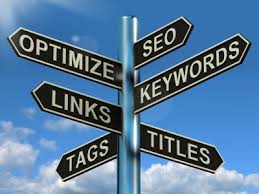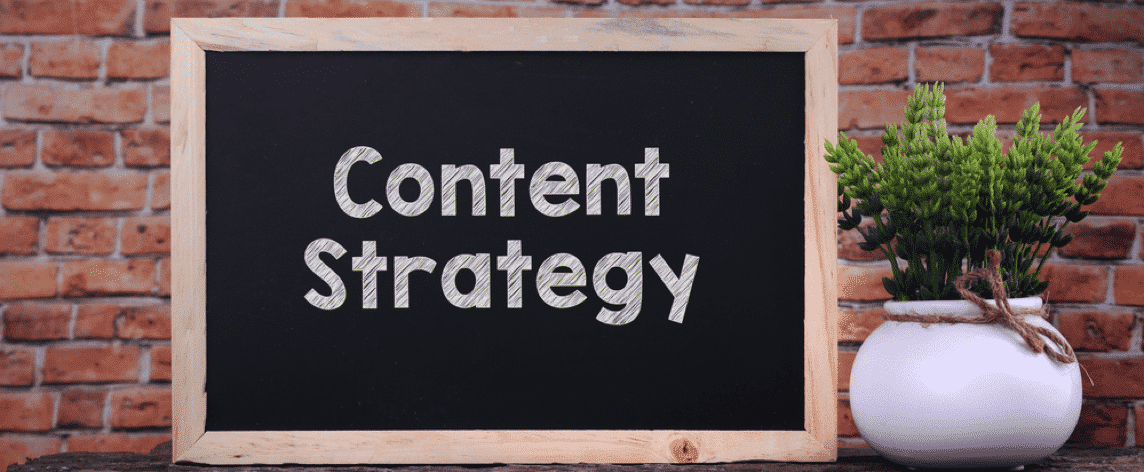Keywords and meta tags play a key role in inbound marketing strategies, and when they are done right, marketers can expect much more lead generation, conversions, and traffic in general. However the practice of using keywords and meta tags are also rife with pitfalls and mistakes are easily made; so here are some tips.
Key Word Research:
A fundamental in many processes is research, and the same applies here. Through research, marketers can find the best fitting keywords for their products. For example, if the product in question is a luxury item, avoid words such as “cheap” or “budget”. While some of those excluded keywords may generate more traffic, prospective customers will not find what they are looking for; potentially even viewing the brand as deceiving by using mismatched keywords.
Make a List
Simple but effective, by making a list of keywords generated through research, marketers can save a lot of time and energy. Create a list for each aspect or factor that can be associated with the product or the brand in general; compiling all of them into one master list for easy access and a time saver in future marketing campaigns.

The Buyer’s Mindset
Entering the buyer’s mindset, and thinking like a customer will allow marketers to see their brand from a different angle. Changing perspective can often reveal keywords that can be associated with the brand from a buyer’s point of view, for example with a luxury item, “expensive”, “high-end”, or “posh”.
Don’t Be Afraid of Long Keyword Chains
While they seem clunky and impractical, long chain of keywords (long tail keywords) are becoming more widely used in online searches. Buyers are coming more and more specific and precise in the product they are searching for, so specific and long chains of keywords are being used more frequently by buyers. Potential customers who use long tail keywords also have a higher conversion rate.
Understand and Use Meta Tags
Meta tags refers to text that would appear in various key locations of a website, all of them will help increase the site’s search engine rank. These can be things such as page titles, meta descriptions (text that accompanies the search result listing for the site, usually offering an insight into the contents), and meta keywords (hidden keywords that are embedded into the site’s code, invisible to the average visitor to the site). By ensuring that every page of the website has meta tags, search engines can offer potential visitors a transparent image of what the site, and by extension the brand, offers, increasing conversion rate.
Be Responsible, Don’t Abuse Keywords and Meta Tags
While keywords and meta tags are a great help, abusing them will ultimately reflect badly on the brand’s image. Using deceptive or un-associated keywords to trick visitors is a common form of keyword abuse, similarly with meta tags. Meta tags abuse can also include an overabundance of meta keywords hidden in the site’s code that has nothing to do with the site. If visitors are drawn to your site through dishonest means, brand reputation will suffer, through honest use of keywords and meta tags, the right audience will be attracted thus ensuring both revenue and a good brand reputation.
For more information or help regarding usage of keywords and meta tags, please contact us by clicking here.
To ensure your content is reaching the right people on the best forums, you’ll need to strategise effectively. From the awareness to the decision stage, people will be digesting content in a variety of ways. We take you through the key stages your potential customer will traverse on their way from stranger to active business promoter.
Attract
At the attraction stage, a customer may not yet be aware of your brand. Your job now is to alert them to what you offer. Below are some of the best types of content to utilise at the attraction stages:
• Blogs
Blogs are a great way to attract new customers. By creating informative content you’ll be providing your potential customers with guidance and answers to their questions, and, at the same time will build your brand awareness.
• SEO
By ensuring you are using focus keywords, meta descriptions and so forth effectively, you’ll be building your SEO levels and climbing up the Google search pages.
Convert
By the time you’ve reached the convert stage, the potential customer will be aware of your brand. The job here is to collect information about your potential customer in order to build your database and convert them into leads. Below are some of the best types of content to utilise at the convert stages:
• Whitepapers
Offer educational, consultative, downloadable content such as whitepapers to your client that requires them to enter information before the content is released. You get contact details; they receive the information they need.
• Landing pages
Ensure you’re sending potential customers to the correct landing page through calls to action.
Close
Once you’ve got your potential customer’s attention and contact details, it’s time to close the deal. Below are some of the best devices to utilise at the close stages:
•Email
One of the best ways to keep in contact with your new client is by sending them informative emails. By regularly staying in touch with relevant content, you’ll be able to close the deal when they are ready to make the purchase.
• CRM
Use your CRM system to monitor the customer information you have, and make sure you are tailoring the content to the right client.
Delight
After you’ve won their business, your next goal is customer retention. If you provide your client with top-level service, you’ll ensure repeat business and turn them into business promoters as they recommend you to friends and colleagues. Try sending them surveys and calls to action, to ensure you’re getting feedback and keeping in touch.
Get in touch to learn more about Zest’s content services.
The Importance of Content Strategy
By strategizing a bespoke content strategy, you are pinpointing exactly whom you are targeting, at what stage in the buyer journey you’re targeting them, and the method you’re utilising to successfully reach them.
Below are some key steps you must incorporate when strategizing your content plan in order to make sure that your marketing output is working.
First up, define your goals. These may be the following:
Marketing goals
You may be looking to increase your website traffic, or the number of leads coming in, or you may be seeking less tangible goals such as building your brand awareness or establishing yourself as a thought leader within your market.
Business goals
You may have clear cut business goals, where you’re looking to grow your revenue or client retention levels.
Other goals
It may be something else entirely, like strengthening your output by increasing the quality and volume of your content marketing.
Secondly, identify your personas (the semi-fictional representation of your ideal customer). Do this by researching the following:
Who they are
This will be their demographics, including their gender, age, location and ambitions.
What they want
These will be their goals – what they want to achieve – and their challenges – the obstacles in their way.
Why they want the product
This will be their objectives – how they make buying decisions and their requirements – and their conflicts, what their frustrations with providers are.
How best to appeal to them
You’ll be working out the marketing message they respond to and the best way to pitch to them buy thinking about where they go for information, what type of content they read and what platforms they engage with.
At this stage, you should be ready to start mapping out your content. Using your knowledge of where your personas digest their content, utilize paid for, owned and earned for online and offline channels to push out your content.
At Zest Media, we brainstorm highly targeted content ideas that incorporate personas and life cycle stages, so the content is reaching your ideal audience on the channels they use, at the times they use them.
Remember, if you don’t strategize, you aren’t sending the right content to the correct customer, meaning your content is failing.
To find out more about honing your strategy skills or to say hello, get in touch.

